The doorbell rings; it’s the Girl Scouts selling cookies again.
Unfortunately, you’re likely to miss out on the tasty treats because your pup is going bananas at the thought of someone coming on to his property. He’s barking, running around, and generally making a ruckus.
The cookie-bearing scouts won’t even come near your house!
If this sounds like your dog, he could be showing territorial behaviors.
These are actually quite normal and harmless behaviors for some dogs.
But territorial dogs who have a predisposition for aggressive behavior or an underlying fear or anxiety of strangers could become dangerous.
In the following sections, we’ll explain why some dogs display territorial behaviors leading to aggression, and we’ll outline what you can do about it.
Territorial Aggression: The Basics
- Territorial aggression occurs when dogs become highly aroused in response to the presence of strangers or dogs approaching his property.
- It’s best addressed with the help of a certified behavior consultant, but there are some steps you can employ yourself.
- Any dog can exhibit territorial aggression, but it is likely more common in some breeds than others.
What Is Territorial Aggression in Dogs?
It is common for dogs to instinctively guard resources they value, including food, toys, and beds. This is a common reason why a dog may become aggressive towards another dog in the home. A resource-guarder can even guard their people (some dogs become possessive of their guardians or family members)!
This behavior is commonly known as “resource guarding” or “possession aggression.”
Similarly, “territorial aggression” may involve a related motivation, but it occurs in a much broader context, which includes your dog’s home and/or yard.
Territorial dogs often display warnings such:
- barking
- running along fence lines or boundaries
- lunging
Sometimes, territorial dogs may even attempt to bite anyone who enters (or threatens to enter) their perceived territory.
We’ll talk more about these kinds of issues below. But before moving on, I will caution that the term “territorial aggression” is a somewhat misleading term, which doesn’t necessarily address the cause of the aggressive behavior.
The term makes a big presumption that our dogs are protecting their property, when in fact, this isn’t always the cause of aggression towards people or other animals.
In some cases, your dog is trying to protect himself rather than his property. Your dog may, for example, think that the person walking around outside (or the dog sauntering by) is a danger, so he starts barking wildly.
In other cases, the “territorial barking” is really just a manifestation of over-excitement or general anxiety.
The video below shows some examples of how you can use counter-conditioning to help your dog relax outdoors and easy some territorial barking issues:
Read on to discover why some dogs display territorial behaviors leading to aggression and what we can do about it.
Why Is My Dog Being Territorial?
Territorial behavior, such as territorial barking, is an entirely normal reaction for most dogs.
Even a well-socialized pup will often bark in response to unfamiliar guests in and around his space. Barriers, such as fences, windows, and doors, tend to exacerbate these behaviors.
In fact, the majority of dogs on my street will bark excessively at windows and gates when I walk by their house. Our neighbor across the street had a dog that spent her entire day outside in their yard barking at the fence until they called me for help!
While territorial behavior (like barking) is fairly normal, for some dogs, this increase in arousal or anxiety levels can lead to aggressive behavior. If your dog is exhibiting territorial behavior, you’ll want to take steps to address the issue before it potentially escalates to aggression.
In fact, dogs that exhibit territorial aggression are often the ones who are the most insecure.
Remember the bully on your childhood playground? She was likely feeling pretty insecure about herself, in reality.
Being able to control who has access to his space is a way for your pooch to stay safe and survive. Any unwanted visitor to his territory is seen as a threat to his safety and he reacts accordingly.
There is also a strong genetic component to aggressive behavior. Fear and anxiety, which can contribute to territorial aggression, can not only be passed through your dog’s genes, but some breeds have been selected over the years for this purpose exactly.
So, what does territorial behavior look like? Below are some signs that your dog may be exhibiting territorial behaviors and what you can do to help.
Signs of Dog Territorial Behavior
It’s easy to spot territorial aggression because it generally occurs right at the boundary line of the dog’s space, such as doors, fences and property lines. It might also happen in and around your vehicle.
This type of aggression usually first arises around 8 to 10 months of age. Without appropriate mediation, territorial behavior will escalate over time as your dog practices the behavior.
A dog displaying signs of territorial behaviors may do one or more of the following:
- Barking at people or other animals that come near your property or vehicle
- Lunging at people or animals through windows and fences
- Hackles raised
- Tail tucked or straight up
- Growling
- Showing his teeth
- Snarling (a growl/teeth showing combination)
- Snapping
- Biting (in severe situations)

How to Stop Territorial Aggression in Dogs
There are some behavioral issues that pet parents can address themselves, but any problems that may present a danger to you, your dog, or other people typically require professional help.
Accordingly, if your dog is behaving aggressively towards people or other animals, it is important to seek professional, qualified help from a certified behavior consultant.
A positive trainer or behavior consultant will help you:
1. Use positive strategies to desensitize your dog.
To desensitize your pooch, you will need to practice having people or dogs walk by your property in a very controlled, safe, and systematic environment.
At first, the person or dog may start by walking on the other side of the street. Over time, the person will start walking closer and closer to your property.
Your pup should always remain under his threshold level during these trials, meaning that he doesn’t react to the trigger (the person or dog). He will see the strangers, but because they are at a comfortable distance, he can feel safe and remain calm.
If at any stage he starts to become anxious or reactive, take a step back to the last successful step and work from there.
If your dog can’t even handle someone walking on the other side of the street, you may have to start with your dog seeing a stranger from far up the road, or you may need to consider canine anxiety medication to help you work with your dog beneath his threshold.
Caution: Make sure your dog remains under his threshold (tolerance level). Just exposing a dog to a trigger and hoping he’ll just “get over it” is not a successful strategy. Long-term, over-threshold exposure is known as “flooding” and could cause your pup to get worse, or even shut down altogether.
2. Develop your pup’s impulse control.
Impulse control is an important step in working with any reactive dog.
Teaching him default alternative strategies — things you’d rather he do than bark, lunge, and growl — in the face of triggers can make life easier for you both.
Dogs are opportunists and they do what works best for them in the moment. But with some practice, your pooch can learn to control his emotional reactions and learn new coping strategies.
Impulse control is essentially about teaching your pup to relax and wait.
Part of this will be integrated into a training plan to teach your dog new coping strategies, but working on impulse control outside the context of strangers or animals near his property is also useful to promote self-control.
“It’s Yer Choice” is a great impulse-control game that can help during these times. Check out Meg playing the game with Remy in the video below:
3. Encourage your furry four-footer to focus on and respond to you.
Creating a strong bond with your pup means that he will look to you for guidance when feeling anxious or fearful.
The more he checks in with you, the easier it will be to cue or redirect his attention to a more appropriate behavior. Learning how to redirect and refocus a dog is essential for any aggressive dog training.
You could, for example, teach your dog one or more of these cues instead of freaking out at the sight of an approaching stranger:
- Leave it!
- Go to your mat
- “Enough” (aka be quiet)
- Recall
- Hand target
My pup, Juno, at about 6 months, began barking periodically at the sound of the neighbors moving about in their yard.
I would simply call her to come over to me, scatter a bunch of treats on the ground, and then redirect her to some more appropriate behavior, such as chewing a bone or playing a game.
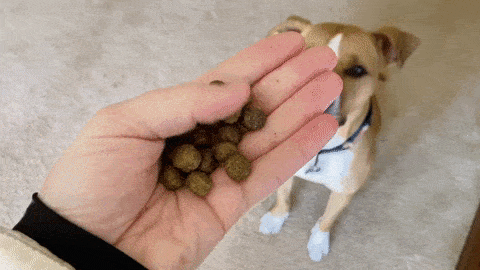
With consistency, prevention and constant active supervision, she now very rarely barks at a single thing when in the yard.
4. Teach your dog not to run boundaries and fence lines.
Dogs that are left outside without supervision will often run back and forth along the fence which can be highly reinforcing for them.
Seeing a stranger across the street is exciting. When a dog barks and begins to run back and forth, his excitement level is elevated even higher, feeding the territorial behavior.
So, try to supervise your dog when he is out in the yard. That way, you can redirect his attention before he starts barking and running the fence line, or mitigate as soon as it starts.
You can use some of the cues described in the previous section to help interrupt your pup’s fence-running behavior, once the cues are solid, strong, and well reinforced.
If needed, try leashing him when you take him into the yard for the next few months until he learns some of these more appropriate behaviors.
5. Help your pup learn coping strategies.
Teaching your dog healthy coping strategies will involve a combination of desensitization (getting your dog so accustomed to a trigger that it no longer elicits a response) and some form of counter-conditioning (getting your dog to exhibit a new, desirable behavior in response to the trigger).
One of my favorite exercises for reactive dogs is the engage/disengage exercise.
In the first part of this exercise, when your dog engages (looks at the trigger without reacting) to the person or dog near his property, mark the behavior (click your clicker or say “Yes!”) and reward him with a treat.
Now at first this may be difficult, because remember – you want your dog to look at the trigger without reacting, staying below his threshold. For some dogs, this will require a significant amount of distance between him and the trigger.
Find your dog’s threshold point and stay beneath it, rewarding him for calmly looking at the trigger.
As he learns that people near his property mean that he’s going to get a reward from you, he will automatically begin to disengage (look away/back at you) when he sees his trigger and look at you instead.
At this stage, instead of marking and rewarding him when he looks at the trigger, you will mark and reward him for looking back at you.
With time, practice, and consistency, your dog will begin utilizing this coping behavior (looking to you when he sees a stranger) automatically.
Once your dog can successfully engage and disengage with triggers at a distance, you can begin working on slowly and gradually working closer to the trigger.

Homework: Prevent Your Dog from Practicing Territorial Behaviors
While you’re working with a trainer, be sure that you aren’t undermining your efforts by allowing your dog to “practice” his territorial behaviors between sessions.
The more your pup practices the barking, lunging and growling, the better he will get at performing these behaviors. This causes it to become a learned behavior — and a well practiced one at that.
This means you’ll need to supervise him at all times and keep him away from windows, fences and other boundaries.
Management Strategies for Territorial Barking
As you’re working on the desensitization, impulse control, counter-conditioning, and coping strategies discussed above, you’ll still want to avoid feeding your dog’s bad behavior when you’re not in training mode.
Some methods for management include:
- Window Films. These clings can be attached to the lower half of windows so that dogs can’t see outside, making them ideal for window barkers. Some such window clings can be quite attractive, blocking your dog’s vision while still letting in light.
- Curtains. Closing the curtains can help your dog keep the outside world at bay, so long as you don’t mind the darkness.
- Gate Your Dog Off. Consider setting up some dog gates around your home that will block your dog off from front-facing rooms with windows.
Territorial Dog Breeds
As I mentioned above, genetics can play a large role in aggressive behavior.
Some dogs are more likely to display territorial behaviors because of the selection process early breeders embraced.
Herding and working dogs, for example, have been selectively bred for their barking behavior and to protect or guard territory or other animals.
Territorial aggression can also be related to fear and anxiety, which can also have a genetic component.
However, this type of territorial aggression is not necessarily breed-specific. Some dogs inherit the DNA make-up that predisposes them to become more fearful.
I don’t know that there is any statistical (or reliable) ranking of which breeds are more likely to express territorial behavior. However, dogs who have been bred to guard are probably more likely to exhibit territorial behaviors.
This would include breeds like:
- Bull mastiff
- Great Pyrenees
- Rottweiler
- Doberman pinscher
- German shepherd
- Malinois
- Giant schnauzer
Having said this, I have met plenty of dogs in these breed categories that have not been territorial. And there is a strong argument that some dogs exhibiting “territorial aggression” are in fact fearfully aggressive.
***
Territorial aggression is a complex issue and should be addressed early on. A behavior expert can help you with behavior modification and management strategies.
Do you have a dog who guards his house from intruders? We would love to hear your story!
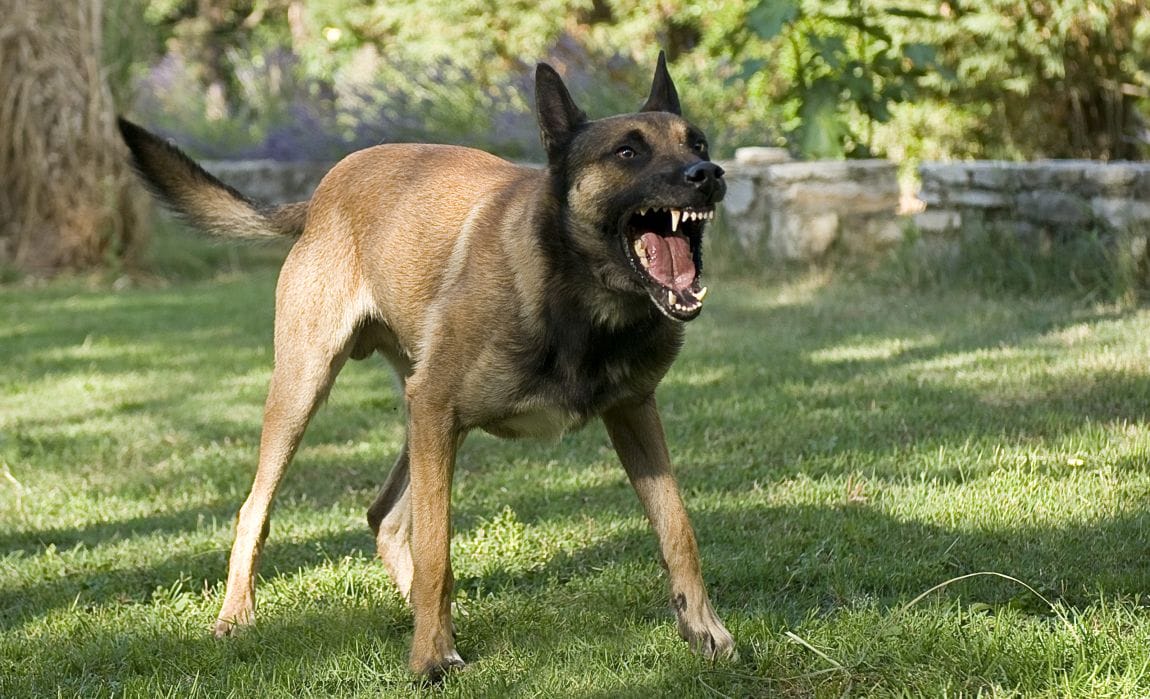

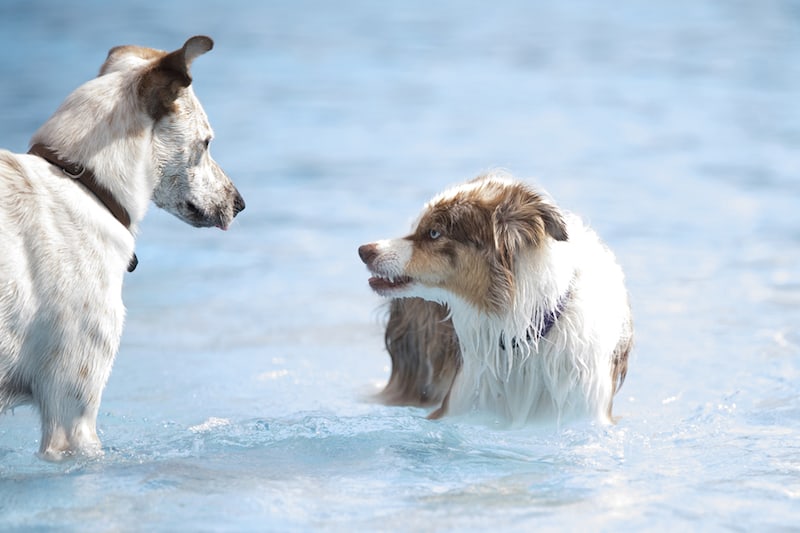



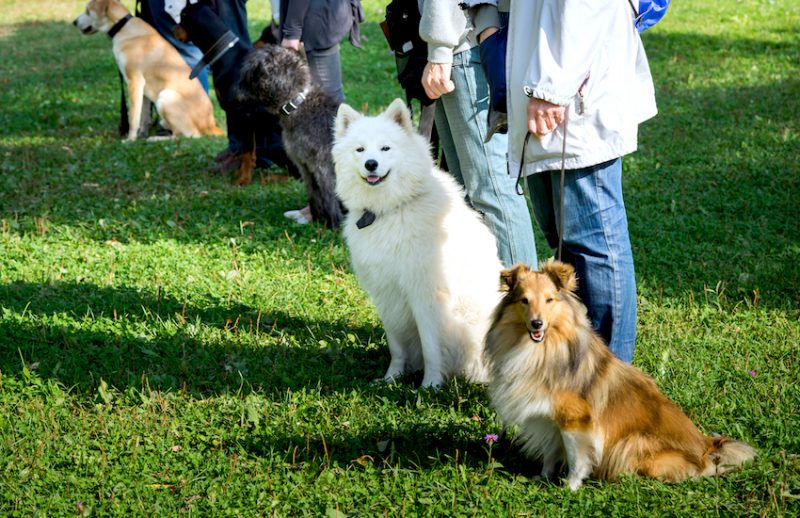
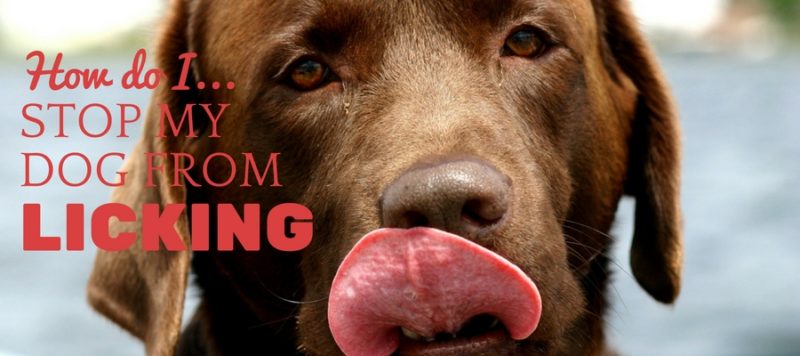
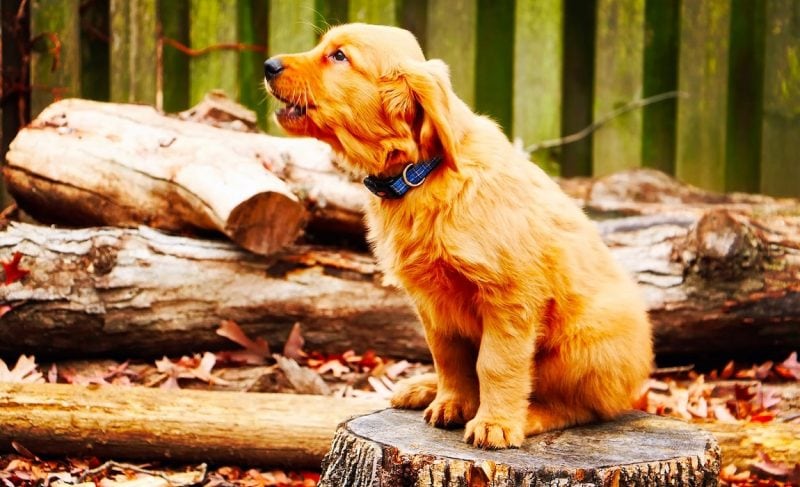
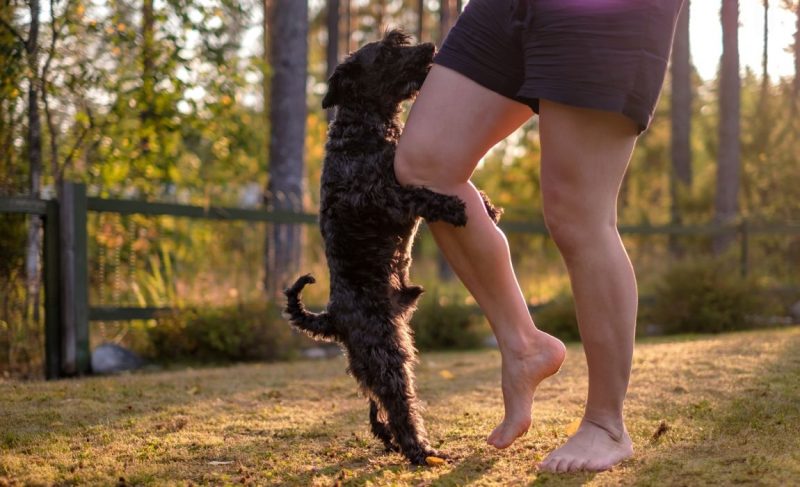
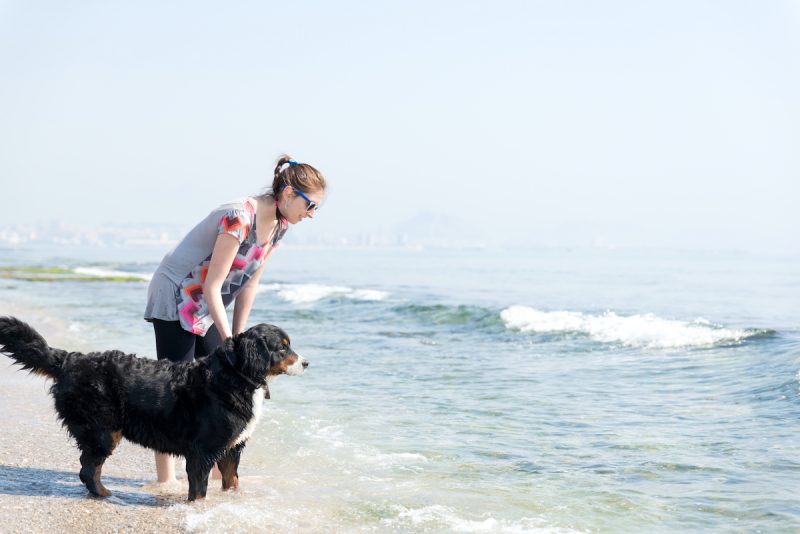
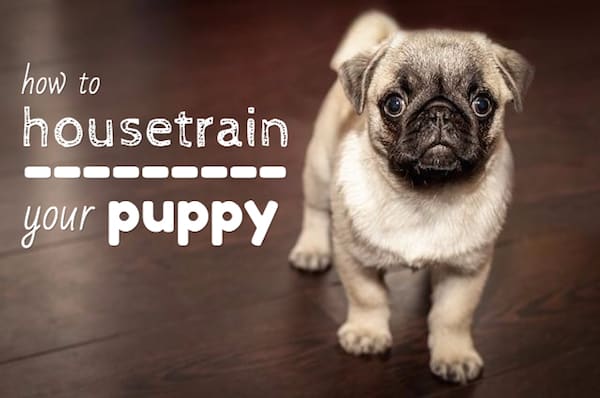

Leave a Comment